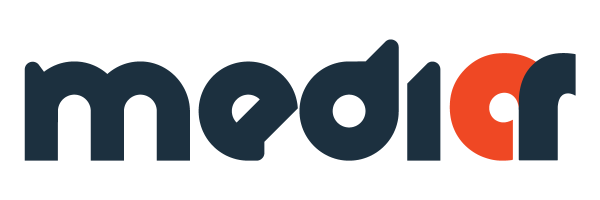Prototypes can be presented in a wide variety of methods. This resource focuses on outlining a sample of traditional and modern methods of prototyping.
A developer needs to carefully assess diverse methods or prototyping to pick one that will work best for their project.
Traditional Methods
- Sketches and Diagrams – This is one of the oldest and most effortless methods of prototyping. It does not rely on advanced artist capabilities, it is reliant on one’s ability
to illustrate their concepts and ideas; so that they not only exist in their mind but are shareable. The beauty of sketching is that you can get the idea down pretty much as
soon as it hits you without worrying about it vanishing. - Paper prototypes – Paper models are used as a representation of product or design. It relies on the tangible paper model for usability testing and functions under the
assumption that the user will interact with the paper as she/he would with a real application. - Clay/Plasticine prototypes – Clay/plasticine has quick capabilities to aid in many creations; it is simple to use and adjust until the desired shape is sculpted.
Modern Methods
- Digital prototyping – One of the most common forms of prototyping and one that is often realistic enough to accurately test the elements of a product or design.
They are easy to produce and can be built using apps and software. Virtual and Augmented reality software have also been used in the creation of prototypes. This
guide will focus on augmented reality and you’ll be on a journey to explore and discover some AR apps and how to use them. - HTML prototyping – This method is often used by developers who are confident in their coding abilities and hence limits the number of persons who can use it.
However, a prototype can be tested virtually on any device and the user won’t need to run any external software. - 3D Printing – It provides a developer with extreme flexibility in terms of speed and material selection. It allows manufacturing of low to medium performance objects at
a low cost but is unsuitable for mass production. It is considered an additive manufacturing method, as material is added until a specific shape is achieved. Depending on the level of accuracy, there are different kinds of 3D printing process available: – Fused deposition modeling (FDM); Stereo lithography (SLA) and Selective
laser sintering (SLS)
